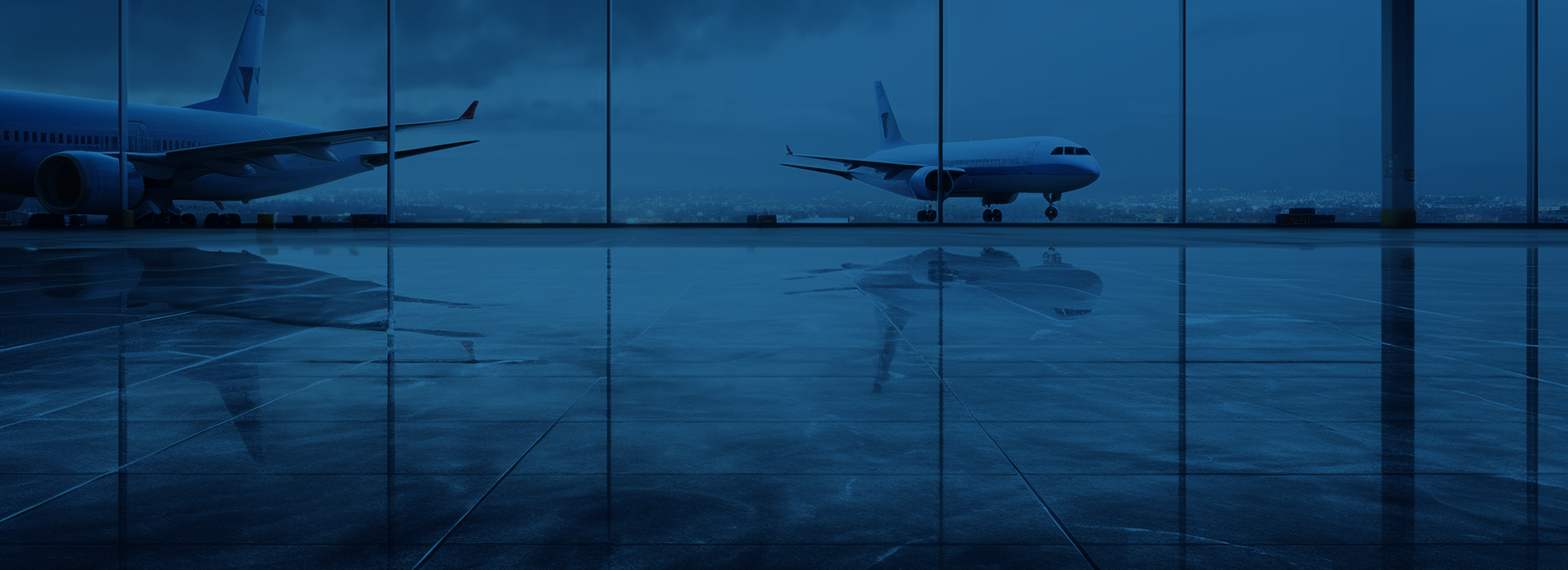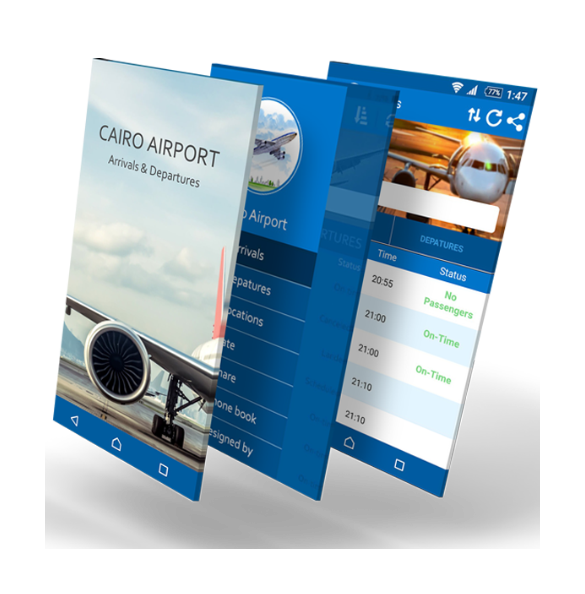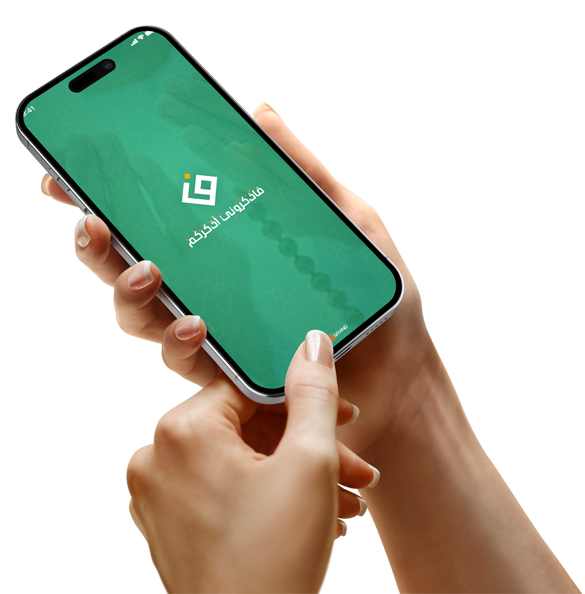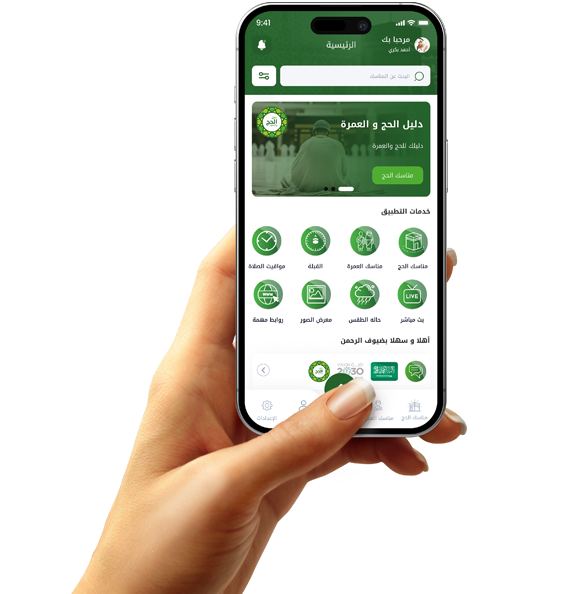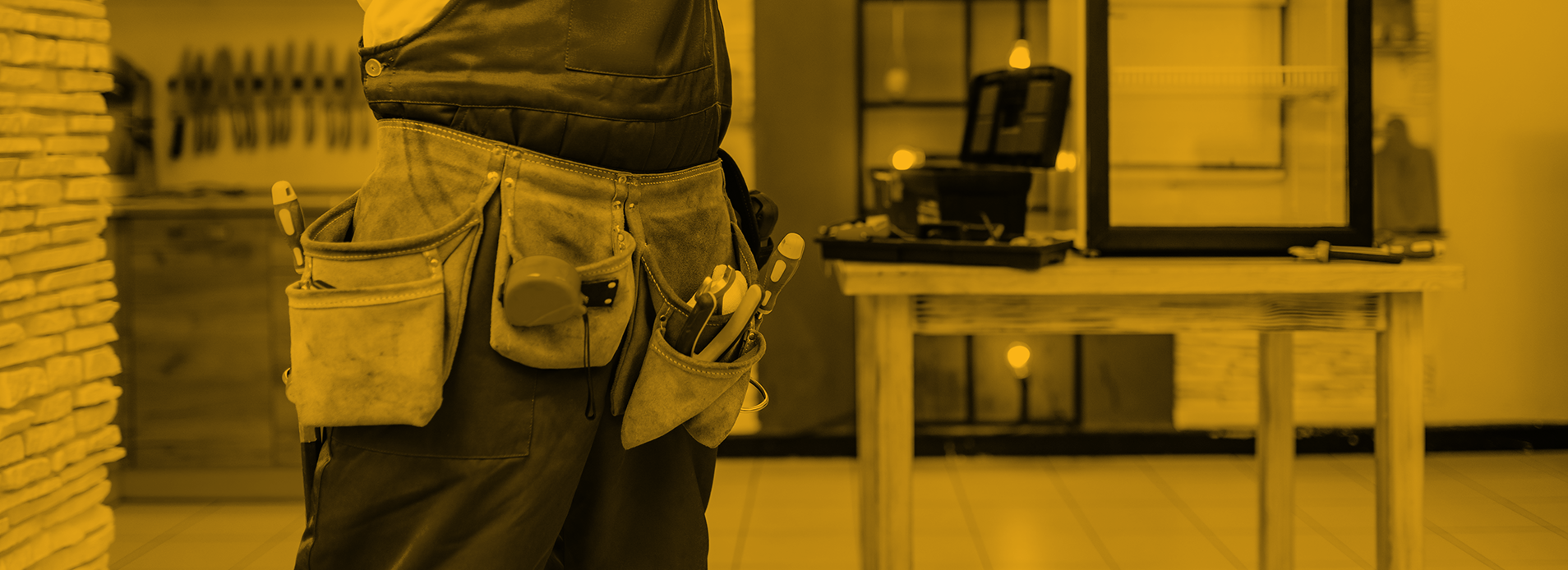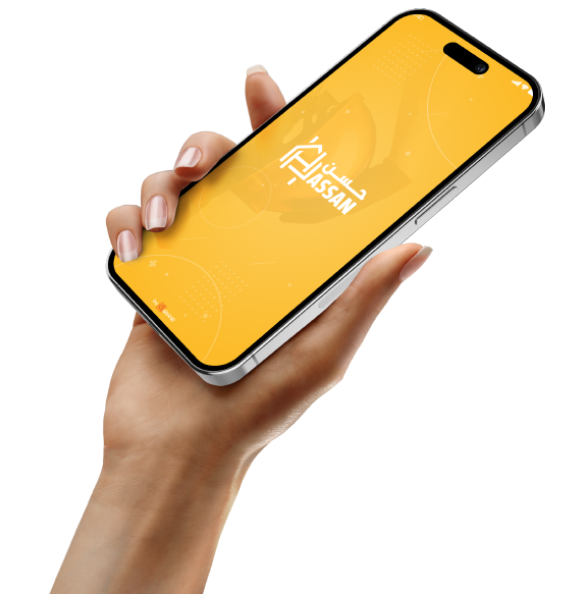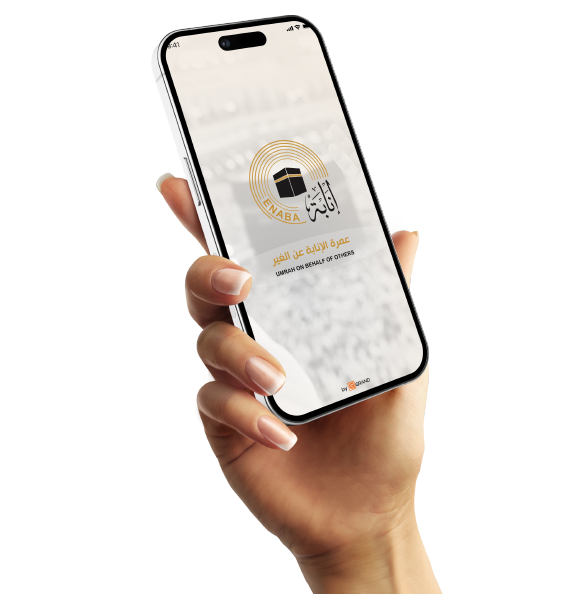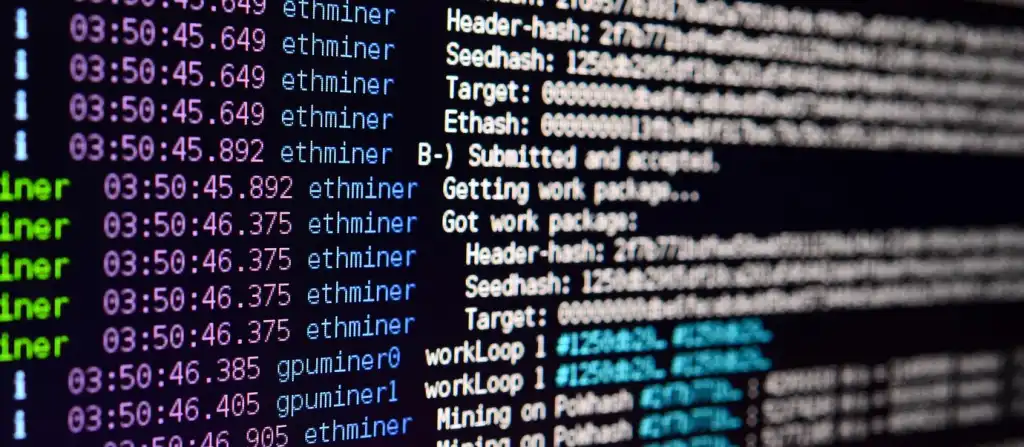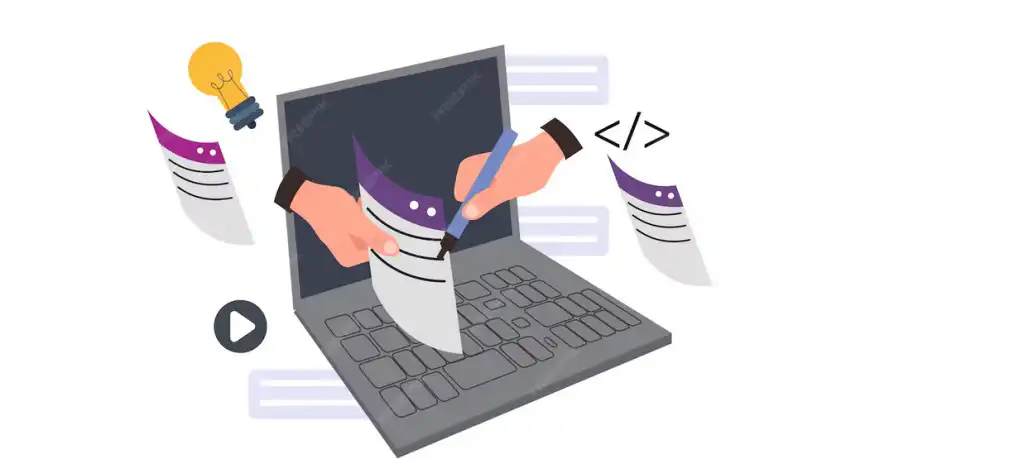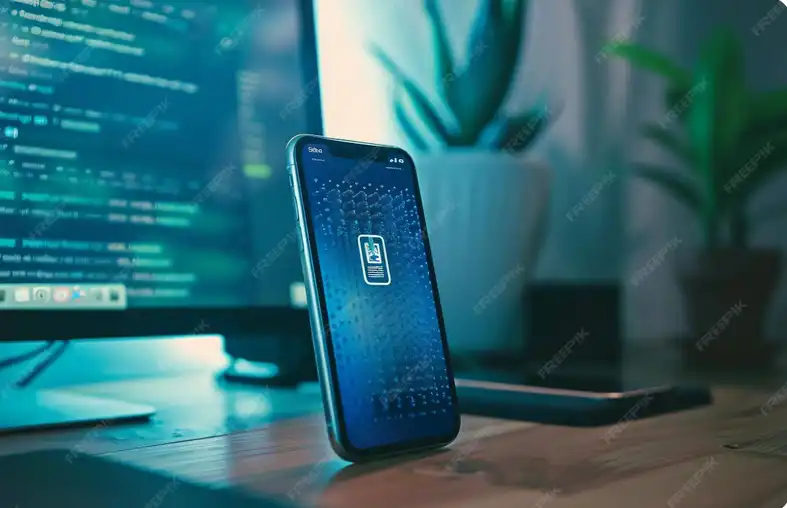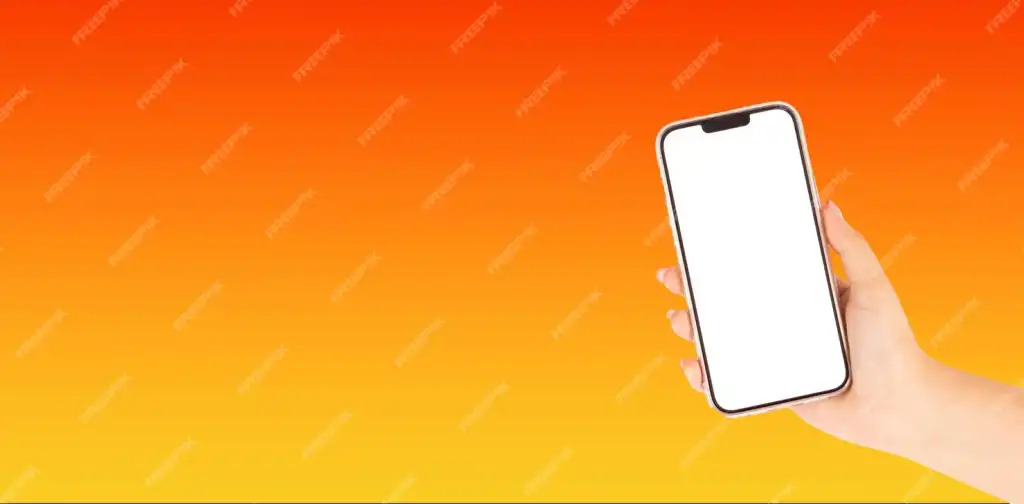How smart applications have contributed to reducing traffic congestion
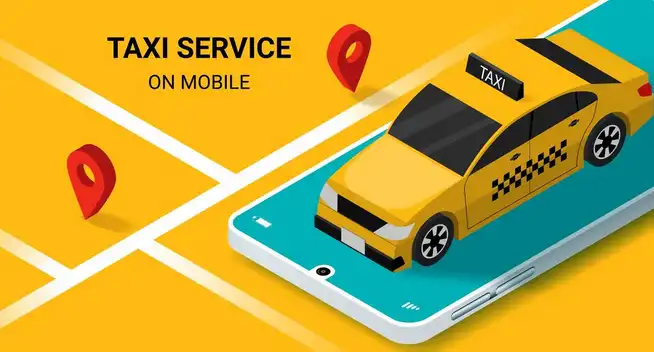
How have delivery apps helped reduce personal travel?
Previously, everyone had to go out to buy food or necessities, causing heavy traffic during peak hours.
But with the proliferation of delivery apps such as Talabat, Uber Eats, and Mrsool, the landscape has changed.
Delivery services are now able to combine multiple orders in a single trip, reducing the number of private cars on the road.
The use of electric bikes and small motorcycles for delivery services has also contributed to reducing pressure on major roads.
This shift has significantly reduced personal travel, especially in crowded cities, resulting in reduced congestion.
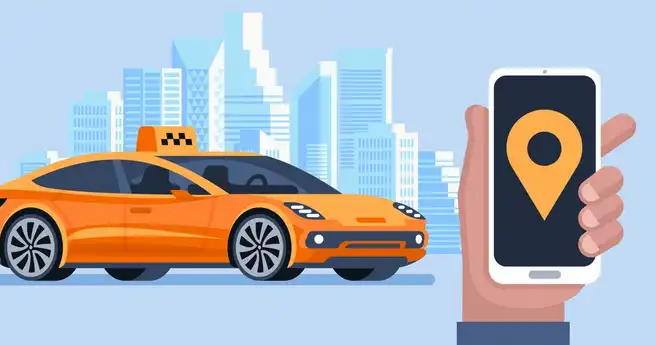
Parking Management via Apps Reduces Traffic Congestion
One of the main causes of traffic congestion is drivers searching for parking spaces.
Smart apps like Parkopedia or Mawgif have provided effective solutions by identifying available parking spaces in real time.
This has reduced the time spent wandering around looking for parking spaces and helped regulate the use of public spaces.
These apps also offer advance parking reservations and support electronic payment, reducing random parking or crowding at payment points.
All of these factors have led to smoother traffic flow, especially in commercial and congested areas.
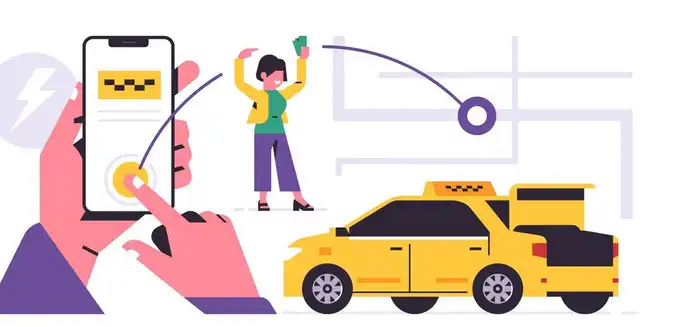
Pre-booking apps reduce congestion at schools and hospitals
Traffic jams were once a daily occurrence around schools and health centers.
However, with the introduction of pre-booking apps, it's now possible to schedule appointments precisely, reducing unplanned attendance.
Whether booking a doctor's appointment or scheduling a time to pick up children, these digital solutions have helped streamline daily traffic flow.
Families no longer have to arrive early and wait in long queues, which in turn has reduced congestion in waiting areas.
As the use of these apps expands, the ability to control vehicle flow at critical times increases.
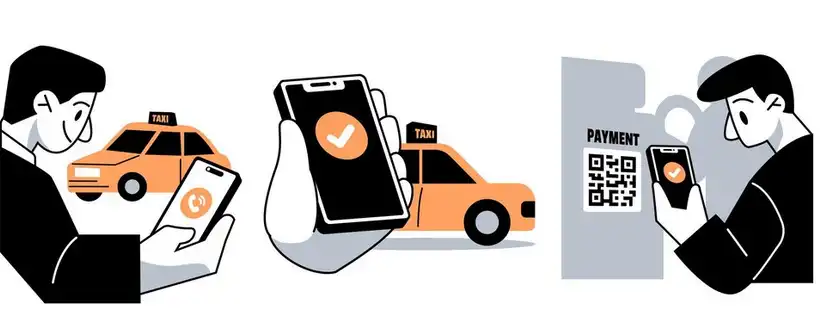
Using Bikes and Scooters Through Apps
Bike and electric scooter sharing apps such as Lime and Tier have provided smart alternatives for urban transportation.
This type of transportation does not take up much space and does not require large parking spaces, reducing congestion.
Their widespread presence in city centers has also made them a preferred option for quick transportation without the need for a car.
Incentivizing users to use them through in-app offers has helped reduce reliance on private vehicles.
The result has been a reduction in the number of short trips that consume time and valuable road space.


